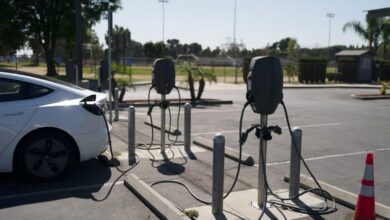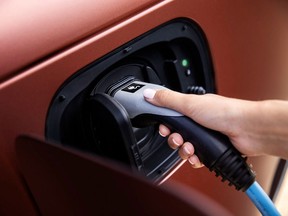Electric vehicles | European Environment Agency’s home page

Across its life cycle, a typical electric car in Europe produces fewer greenhouse gases (GHG) and air pollutants or noise, compared with its petrol or diesel equivalent. Emissions are usually higher in the production phase, but these are more than offset by lower emissions in the use phase over time.
According to EEA report on electric vehicles, GHG emissions of electric vehicles were about 17-30% lower than the emissions of petrol and diesel cars. The production of electric cars is also expected to become more efficient, and the production of electricity cleaner, every year the life-cycle emissions of a typical electric vehicle could be cut by at least 73% by 2050.
The number of electric vehicles is growing in Europe, every year. For example, electric car registrations for 2023 made up 23.6% in the share of total new car registrations, according to preliminary data. For a sustainable mobility system, electric vehicles alone will not be enough. Moreover, production of electric vehicles will still require substantial resources and generate pollution. Electric vehicles will also not solve the problem of growing transport demand, time spent in traffic or finding a parking spot.
The real question is how to meet society’s need for point-to-point mobility and for social interaction and access to goods and services. From extensive public transport, car-sharing schemes, shared self-driving cars and a shift to alternative modes of transport (such as rail, walking and cycling) to improved spatial planning and new approaches that can reduce the need for mobility, such as working from home.



